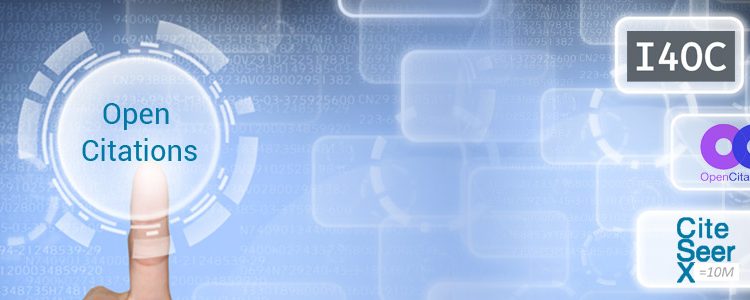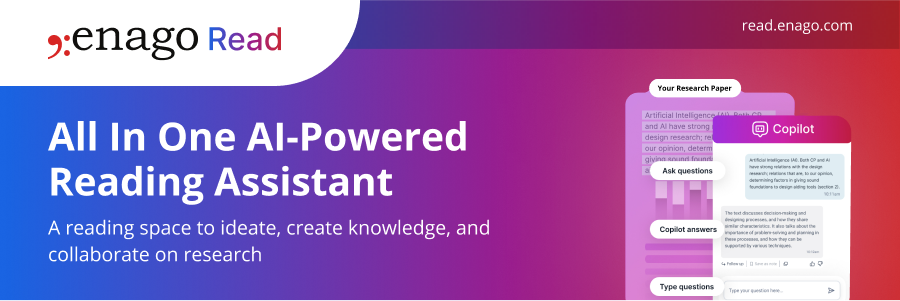Open Citations: Who’s Citing Who in Peer Reviewed Journals?

Scholars and publishers of open access journals alike thrive on the constant publication and dissemination of research. At its core, journal articles represent the advancement of human knowledge. When writing a manuscript, previous articles in peer reviewed journals are referenced, thus representing the subtle advancement of a hypothesis towards becoming a theory. However, till date, the metadata available in a citation is only stored in CrossRef and is not accessible as an open citation.
Citation data at the end of a manuscript are often unavailable or in formats that are not readily useful. Alternatively, an open citation is one that is structured, separable, and open. Structured citations use a common format that is machine readable, while separable and open citations are those that can be accessed independently of the main article in a manner that is free of cost. While a journal article may be free, open access journals often maintain citations in a format that does not satisfy these criteria and are often difficult to use.
Open Citations and Researchers
Beyond the hallowed halls of universities and government laboratories, citation data is usually prohibitively expensive and inaccessible. When one considers the necessity of tracking citations, it becomes clear that this lack of citation data accessibility is a great disservice! Tracking citations (i.e., the frequency by which an article appears in a journal article reference list) is the main method of determining the significance of an article or research finding. In this way, open citations promote the effectiveness of this approach.
Furthermore, journal article reference lists can help the public understand how a simple hypothesis has evolved to become a long-standing theory or dogma. These reference lists must be accessible so that public citation graphs can be generated. If one considers any important scientific topic that has a public interface, such as global warming or the importance of vaccinations, public citation graphs that link the evolution of these ideas would greatly benefit both the scientists and non-scientists alike.
I4OC and Open Citation Options
Several initiatives for open citations exist that seek to provide open citation data to anyone with access to the internet. The Initiative for Open Citations (I4OC) is one such organization that serves as a collaborative body for publishers and researchers. Several publishers, such as BMJ, Springer Nature, MIT Press, Taylor & Francis Group, and SAGE Publishing, are participating in this organization. With the combined efforts of both publishers and researchers, the number of open citations has grown to include 40% of reference data deposited in CrossRef as of March 2017!
Several other open citation sources exist, including groups such as CiteSeerX and CitEc. Meanwhile, Nature Publishing hosts its own bibliographic data, which it links and makes publicly available. Whichever open citation source one uses, there are several ways a scientist can become involved. Beyond supporting projects or showing social support of these efforts, authors can also request that the journals in which they publish provide citation data and metadata to an open citation source. Indeed, this is a great time to be a scientist as accessible data is becoming increasingly available.
License Restrictions
Despite these efforts, authors are often aware of the license restrictions that they agree to when they publish their manuscript in a journal. For example, when publishing in a journal, authors often will sign agreements to ensure that data in one journal will never be published in another. However, reference metadata encoded in a citation list is considered “raw knowledge” and, accordingly, it is not privy to a license. Furthermore, open citation data takes reference data published under a CC0 license, which allows for research to exist in the public domain.
As scientists continue to publish journal articles to share their discoveries, open access journals and peer reviewed journals alike must do their part to ensure the accessibility of their citation data. Since theories grow from hypotheses and observations put forth in journal articles, the ability to track citations and how they are linked to evolving ideas is priceless. For this reason, open citations are critical resources for scientists and non-scientists alike. Fortunately, CrossRef already hosts the metadata of nearly all citations. Now, it is up to publishers and researchers to promote and develop open citation initiatives.










